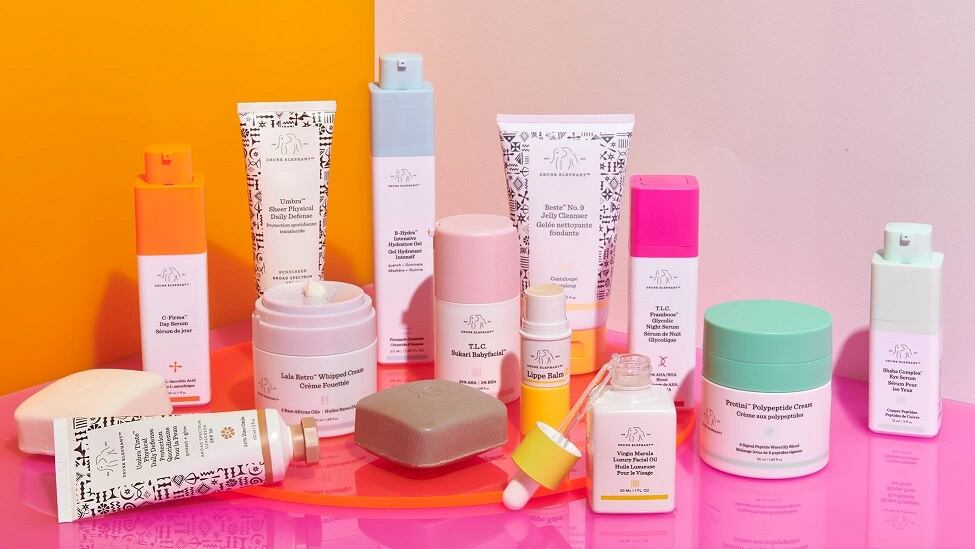The researchers looked at how common skin allergies are in the country and found that around four in ten kids tested for suspected dermatitis at skin clinics turned out to have some form of skin allergy.
The most common substances they were allergic to were fragrance mixes, followed by other cosmetic and soap ingredients—including some found in “slime”, an emerging childhood hobby.
Allergies to nickel sulphate, found in items such as jewellery, toys and zippers, were also common and occurred more often in girls than boys. The researchers suggest the data should be used to create the first Australian paediatric baseline series—a list of 50 common allergens to guide future testing.
A team from the Skin Health Institute in Melbourne conducted a retrospective analysis of patch test data from 1993 to 2017 from two tertiary referral patch-testing centres in the city covering 511 children.
The most common relevant patch test reactions were fragrance mix, methylchloroisothia- zolinone/methylisothiazolinone (MCI/MI) and methylisothiazolinone (MI), myroxylon pereirae, nickel sulphate, and colophonium.
The results were consistent with what had been seen in Australian clinics, said Claire Felmingham, a research fellow at the institute who led the analysis.
“As a general rule, the fewer ingredients that are in something the less likely someone is to develop an allergy to that product—in particular fewer fragrances,” she said.
“Cosmetics manufacturers should focus on keeping their products as simple as possible, especially for people who have an underlying atopic dermatitis, an impaired skin barrier.”
Though Australia has a baseline series for testing adults, that features 60 common allergens, children have less skin surface area available for patch testing, meaning dermatologists need to be more judicious with selecting allergens to test.
The Skin Health Institute has created a paediatric baseline series on the back of the study, which it is proposing for use across Australia, Dr Felmingham said.
This is the first study to investigate paediatric patch-testing results in Australia. There have been similar large studies in the United States and Europe, with notable differences in relevant allergens when compared with our study.
Patterns of positive and relevant patch-testing results have been shown to be different based on location. Therefore it is important to construct a series that leans on local data.
“Allergens do vary depending on geography. In Australia we have things like tea tree oil that we often test to that, but people in America don’t use too much and it’s not in the paediatric baseline series,” said Dr Felmingham.
“In the US there are a lot of topical antibacterials that are available over the counter that aren’t used frequently over here. It does vary depending on region and it is therefore important to construct a series based on local data.”




